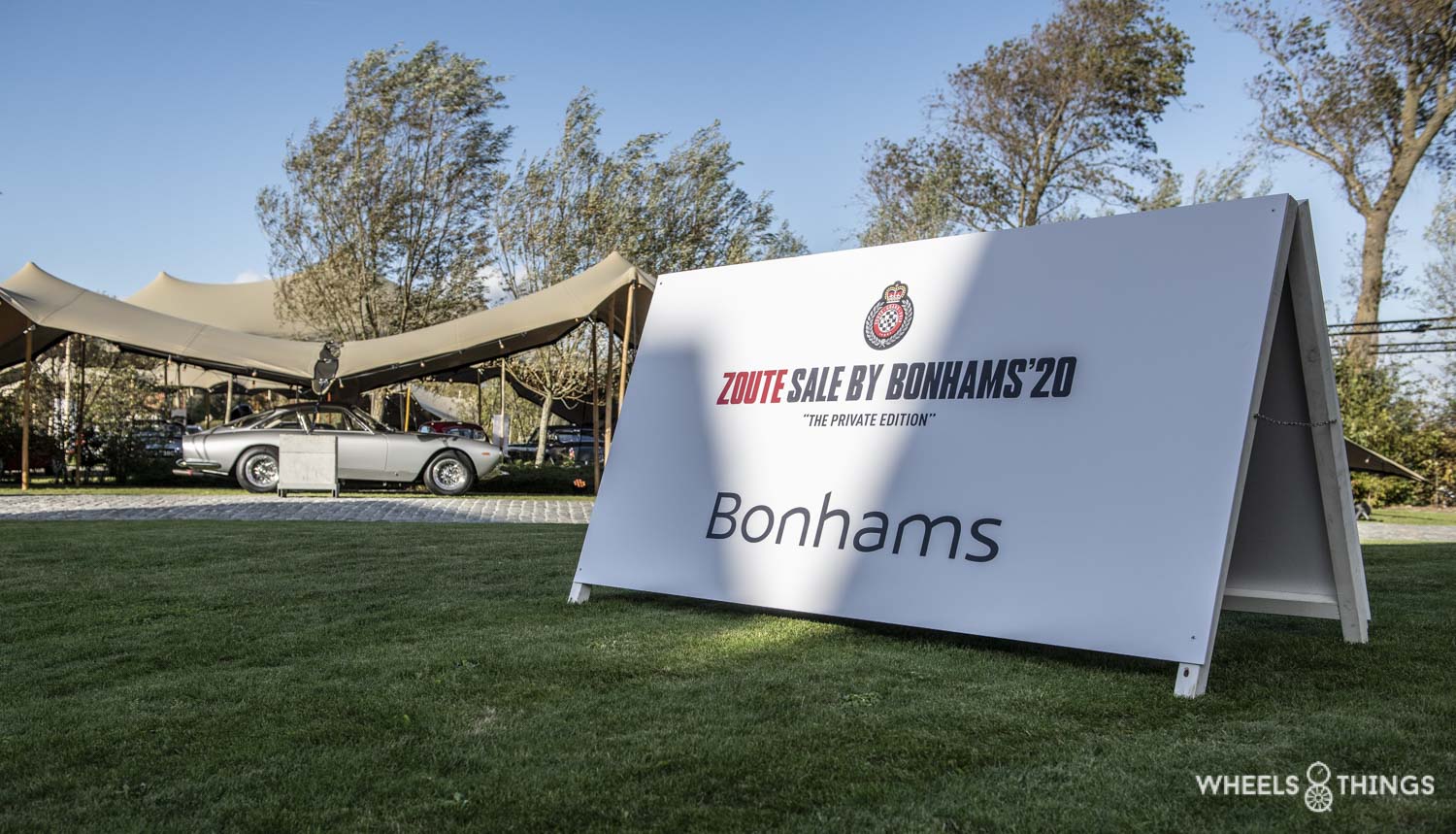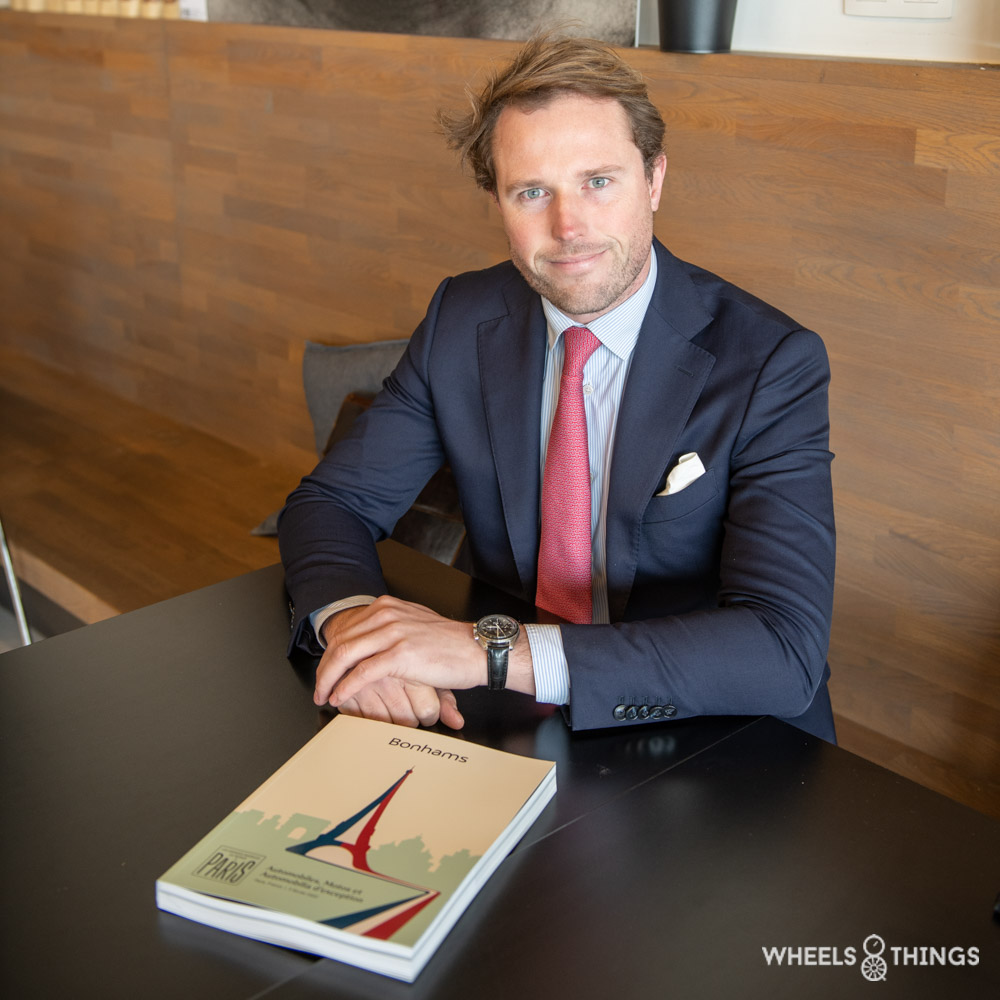
A little history
Bonhams was founded in London in 1793, making it one of the oldest Georgian auction houses along with Christie’s & Sotheby’s. They are the only international auction house that remained in British and private hands until a few years from now.
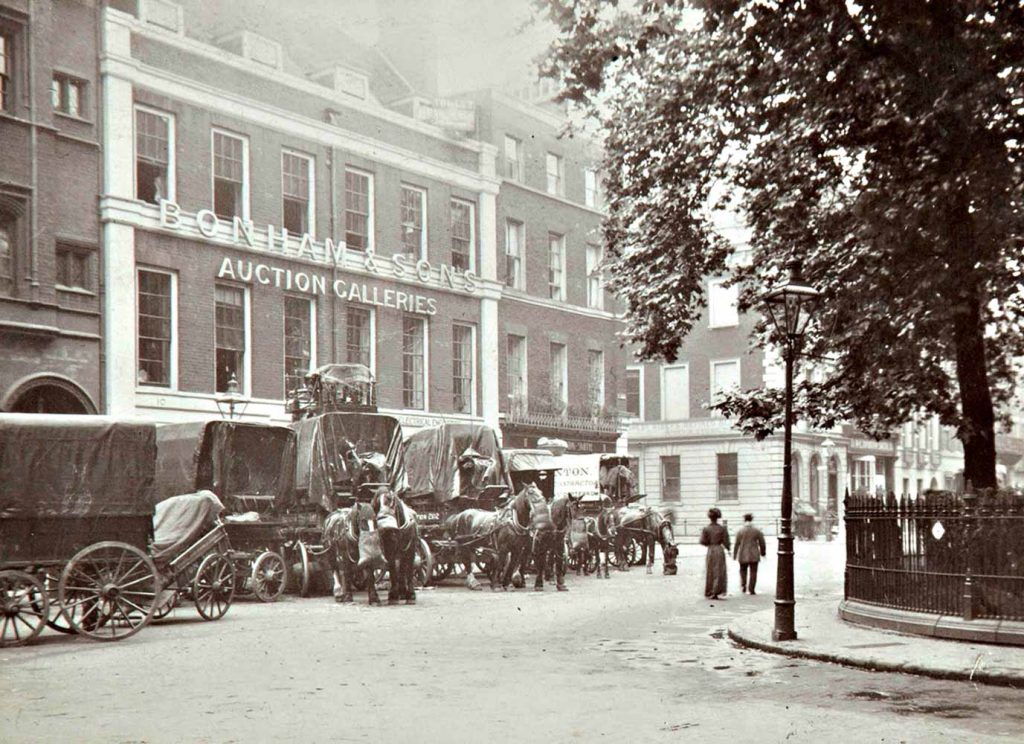
Its founder was Thomas Dodd, one of the most famous print dealers of his time. From 1806, he had new auction rooms in St Martin’s Lane. In 1817, however, Dodd faced bankruptcy after which he handed over the business to a former apprentice, George Jones, who was able to make huge sales.
It was not until 1850 that the Bonhams name emerged when Jones formed a partnership with George Bonham. The company was then known as Jones & Bonham.
Numerous moves, mergers and partnerships followed but the Bonhams name remained. A final major move was the acquisition in 2000 by Brooks, founded in 1989 by former Christie’s director, Robert Brooks. The name changed to Bonhams & Brooks.
Strong focus on cars
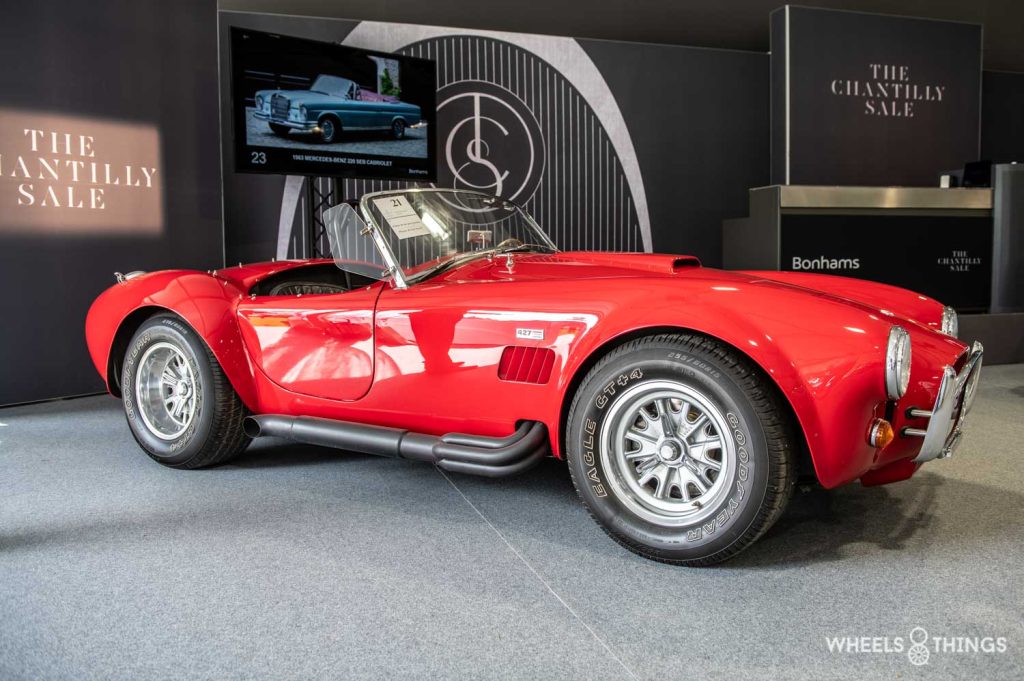
Previous owner and CEO Robert Brooks (who died last year (2021)) bought the Bonhams name as rather small “collector’s car auctioneer” Brooks. He made “Collector’s cars” one of the more important branches within Bonhams.
Selling by auction was popular in the early days and has actually not changed over all the years. The price is set by the market. Interested parties themselves send the price up to the level where only one buyer, the winner of the lot, remains.
Creating an estimate that is realistic yet triggering
We try to keep the estimate we prepare as market-based as possible. On the other hand, the price range must also be attractive enough to attract bids. Once the bidding starts, cocky behaviour often emerges. If two parties “fight” for the same car, the price tends to rise. Sometimes a lot above what connoisseurs see as the market value, but that is then the value of that object on that day, in all transparency.
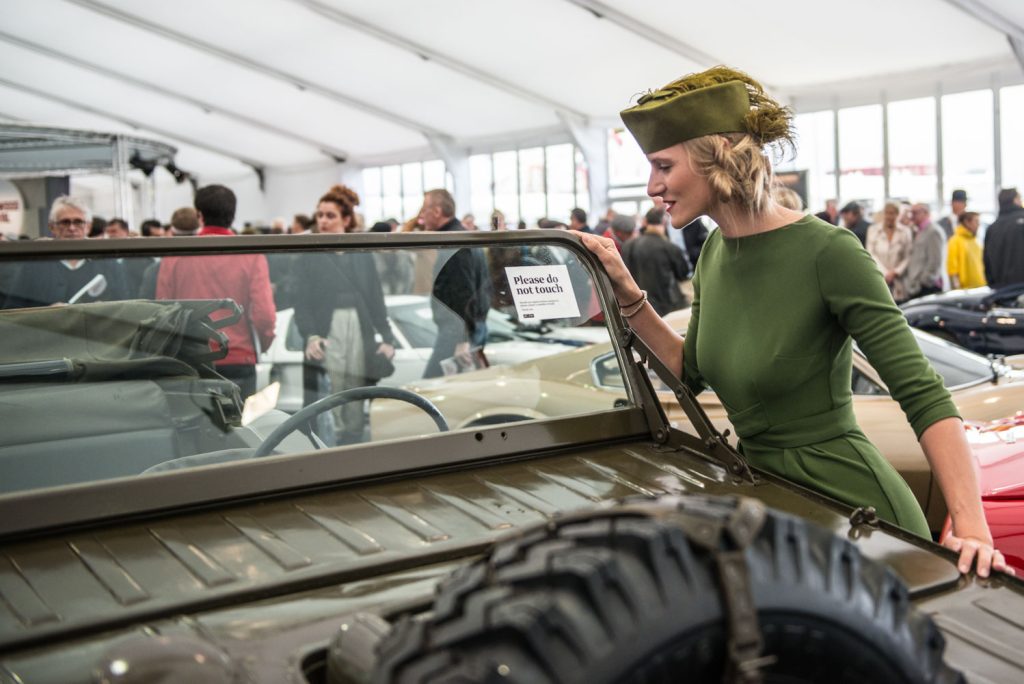
That’s also the strength of an auction, by the way – you don’t get time to really sit and think. So emotions play a much stronger role here than in classic sales.
Of course, most potential buyers will have done their homework and know how far they can go. However, it does not take away from the fact that even seasoned buyers sometimes dare to end up over budget when they really want something.
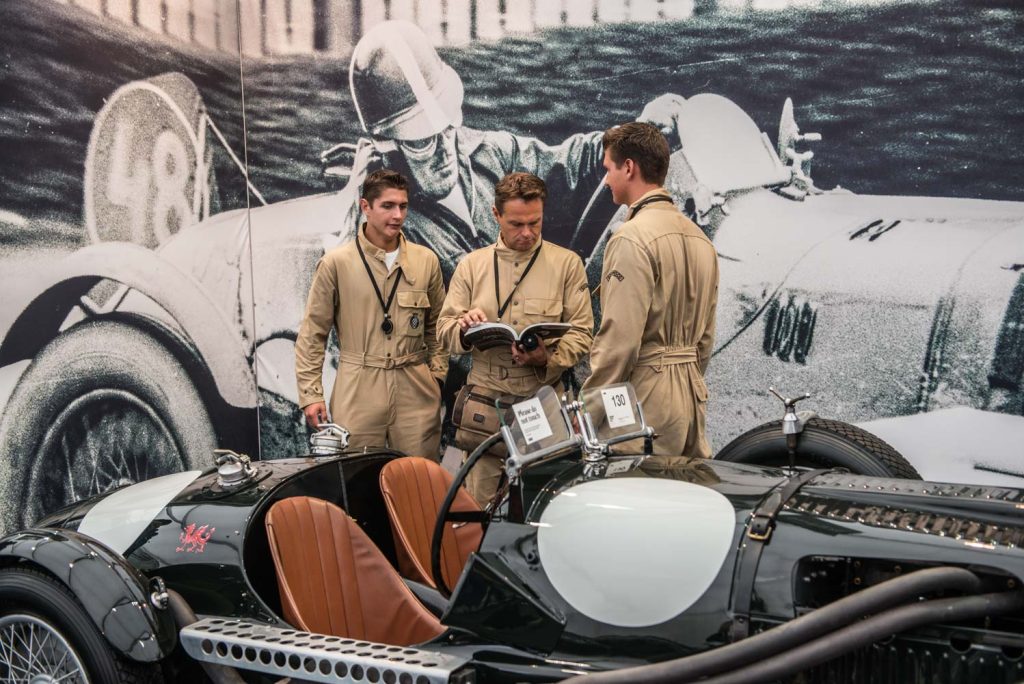
In the case of a Mercedes-Benz 280SL Pagoda, for example, we will put a fork between 80- and 120,000 which means we have many more interested parties than if we put the fork between 110- and 150,000. Of course, this does not mean it cannot be sold at 160,000 hehe. But this way we do attract many more prospective buyers.
What is the customer’s say in the auction
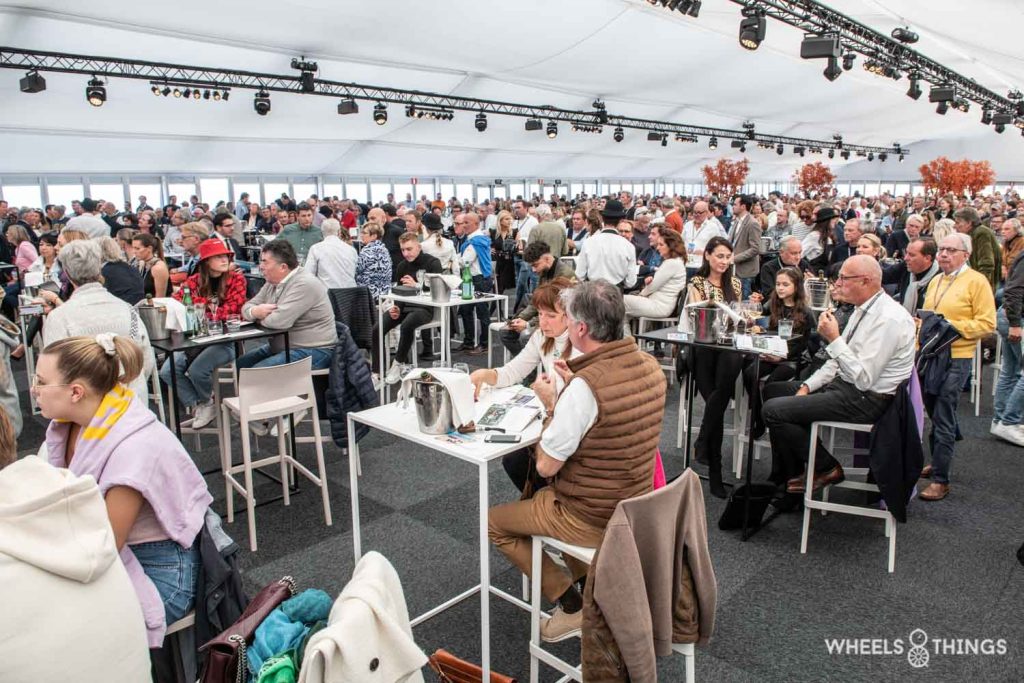
Clear agreements are made with the customer-seller in advance. These agreements are laid down by contract and are not discussed during the auction.
For example, the seller can set a minimum price in agreement with us under which the car will not be sold. Or they can opt to sell without a minimum price, in which case we speak of ‘without reserve’. If, for example, a pre-set minimum price is not met, the car is returned to the owner. If a minimum price is not achieved but we are quite close, there is a possibility to negotiate after the auction. Our sales ratio currently sits at 86% which is really excellent.
Gregory’s task
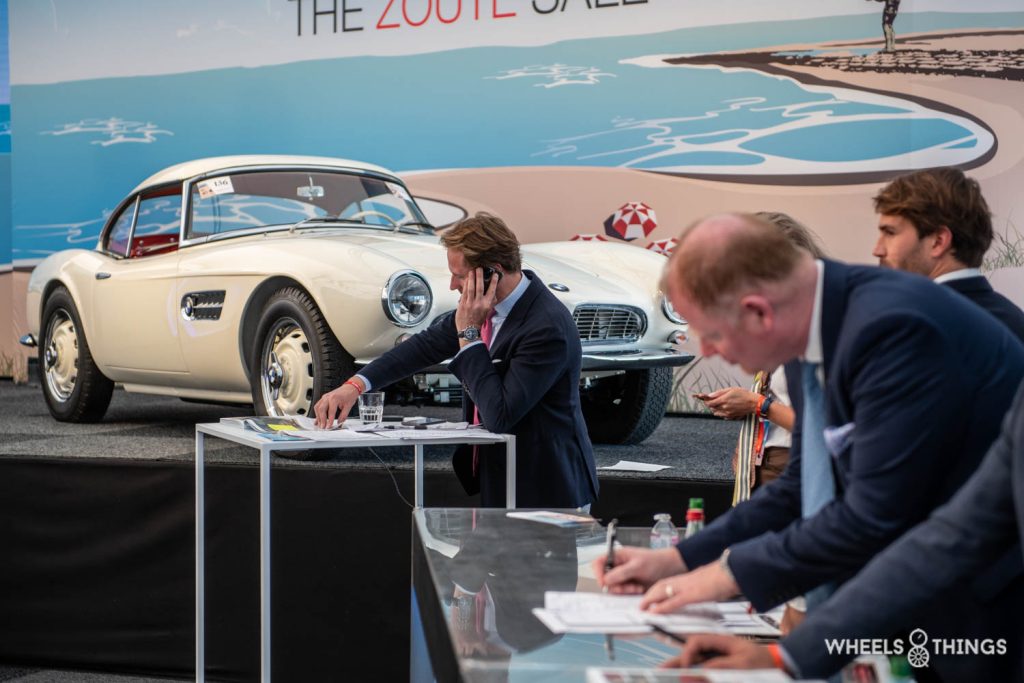
Grégory’s job is to search (and eventually find) exceptional collector cars in private collections, which collectors are considering selling. This is done all over Europe. It actively searches through various channels for customers thinking of getting rid of one or more of their classic cars.
Thanks to our reputation within the car auctions, we are fortunately often approached or contacted ourselves. However, it is often a process of years, after which good connections pay off. Especially when it comes to complete or extensive collections.
Coincidentally, we received a car next door from Croatia and it is owned by an American. In this case, the owner contacted us to offer his car through our online auction platform.
However, it’s not like we sit passively behind our screen waiting for customers who want to sell their vehicle through us. We really have to look for them very actively. Often it is via-via that we find out that someone is thinking of selling a car from their collection. It’s up to us to pick up those signals and actively pursue them.
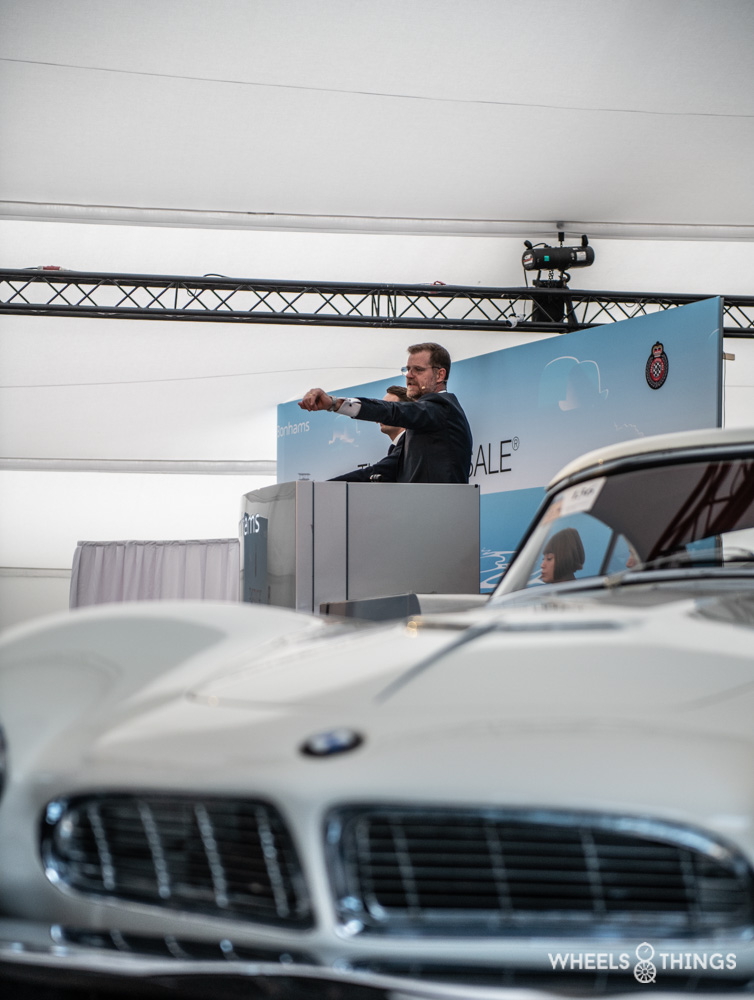
Once the car has gone under the hammer, payment is expected immediately. And by immediately, we mean within a few days of the auction. The majority of buyers will always pay within two weeks. We in turn always pay the sellers within three weeks after the auction.
The cost of an auction to the buyer, the buyer’s commission, has been unchanged for years and is 15%. Only on this 15% commission do we also have to charge VAT.
Photos for the catalogues
The cars are usually professionally photographed at the clients’ own premises. We mainly work with regular photographers who know our guidelines and wishes. Top photography collected in our auction catalogue of a truly high standard should win over prospective buyers.
Revival
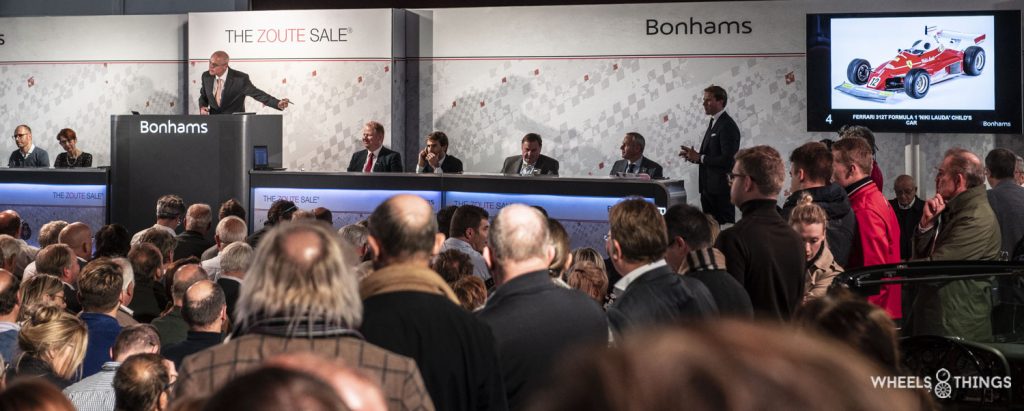
Since corona, the classic car world has rebounded. The negativity around environmental issues has gone down a bit again. People have realised during the various lockdowns that if travel is not possible, we should look for happiness close to home. As a result, they have rediscovered the freedom a classic car can offer them. Low interest rates on savings accounts are also pushing more and more people towards alternative investments such as art, real estate or collector cars.
Advisers
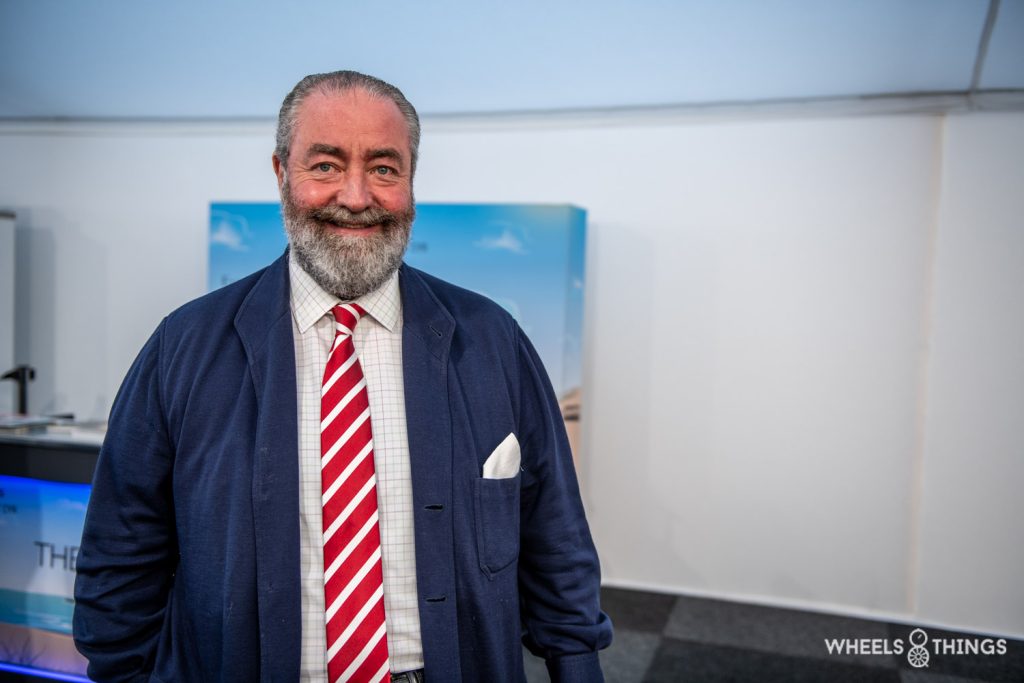
What is important in our search for cars? We at Bonhams are first and foremost consultants. Customers can let us know that they are looking for a specific vintage car, we take note of that and if we come across such a car we keep the interested party informed.
On the other hand, we will also advise customers who are e.g. looking for a Porsche 964 what to look out for when buying. Buy the best you can afford, is our motto. History is always important, make sure the vehicle is well documented with (for modern cars) an original service book, known number of owners, etc. If, in our opinion, the car is not original enough, or does not have a conclusive history, or has too many question marks regarding its originality, we may refuse the vehicle. Our customers expect top quality from us and we do not want to touch that.
Selling dreams
Our goal is “selling the deam”, and then the overall picture really has to be right.
Feel free to contact us
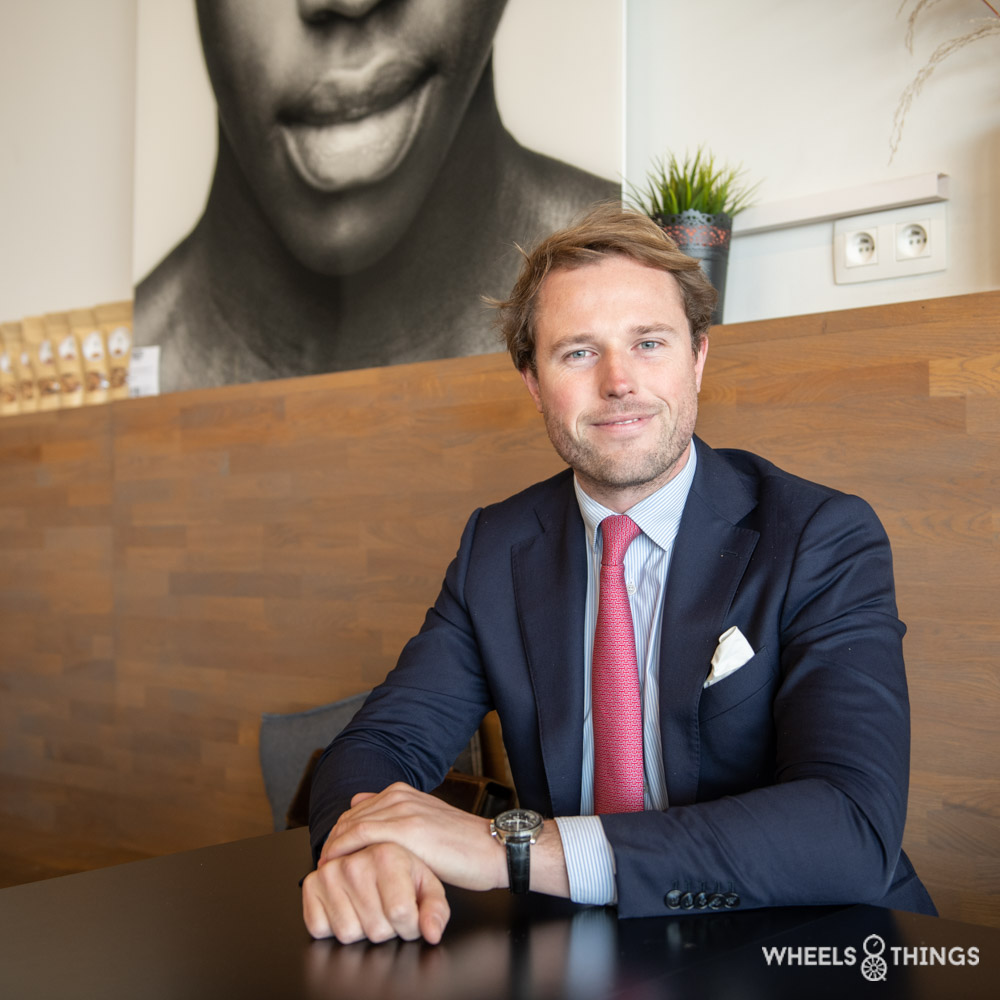
Should you feel like offering your exclusive car for sale after reading this article, or are looking for something specific. Then be sure to contact Gregory at gregory.tuytens@bonhams.com or via the website bonhams.com/motorcars
